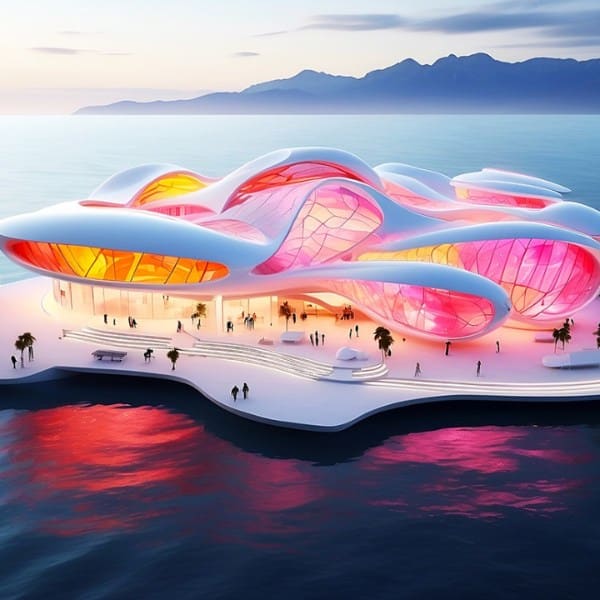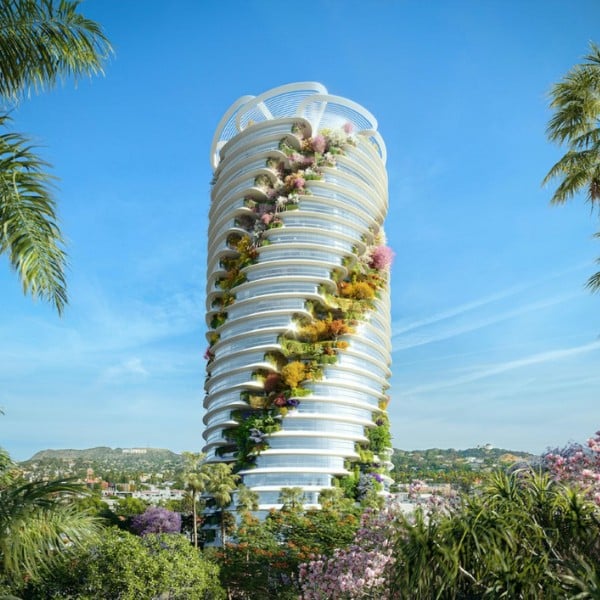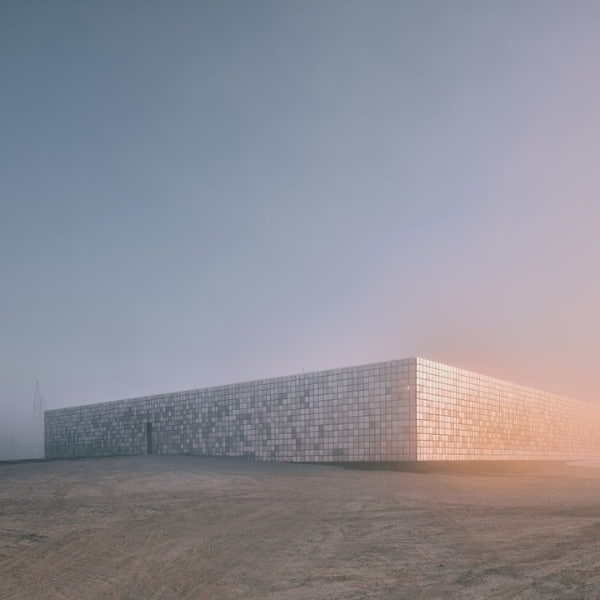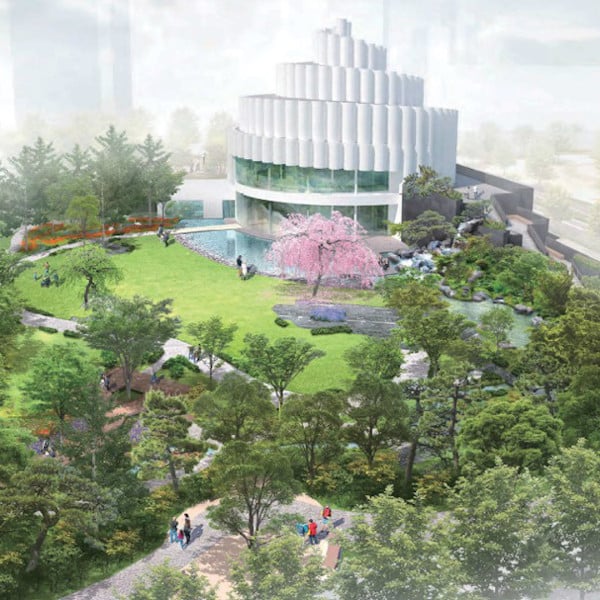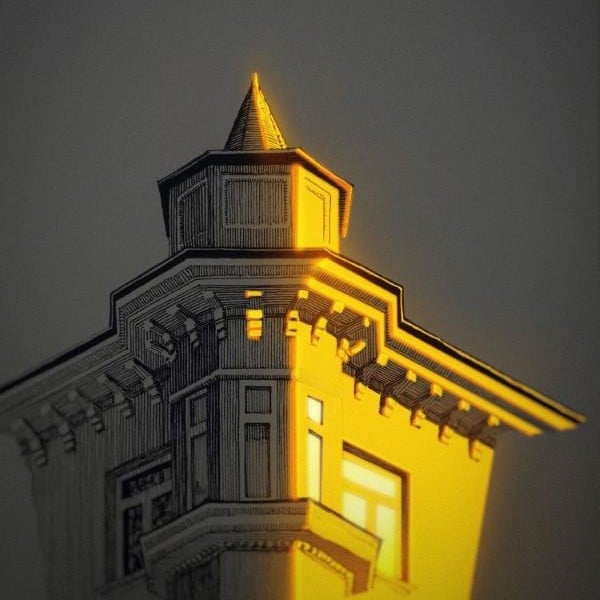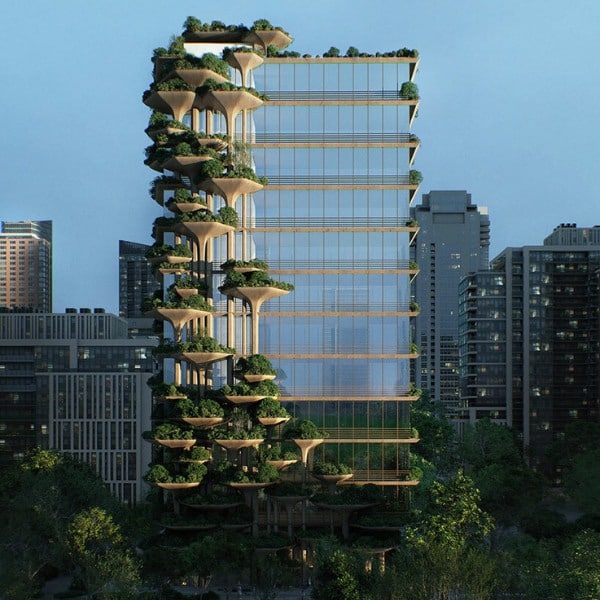What is significant about Frank Lloyd Wright's design of the Guggenheim Museum?
Wright prized nature. In fact, if he had complete control over the project, he would’ve taken the Guggenheim Museum outside of Manhattan. In a 1949 letter to friend and collaborator Arthur Holden, he said, “I can think of several more desirable places in the world to build his [Guggenheim's] great museum, but we will have to try New York.” Despite Wright's disdain for the city, its pledged location was ideal for him. Located on Fifth Avenue between 88th and 89th Streets, the building was to be next to Central Park.
Within Manhattan, Central Park was an inspiration to Wright as he designed a building that incorporated natural forms. The circular structure recalls a nautilus shell and supports Wright’s philosophy of organic architecture—a concept based on harmony between man-made places and the natural world. (Fallingwater, with its positioning over a waterfall, is a great example of this.) In addition to this type of synthesis, organic architecture also sees every element as a function of supporting the design as a whole. This idea is demonstrated, for instance, in the original color of the building. When opened, the exterior of the museum was a buff color that was similar to the terrazzo floors in the lobby, playing upon the idea that the interior and exterior were meant as one continuous form.
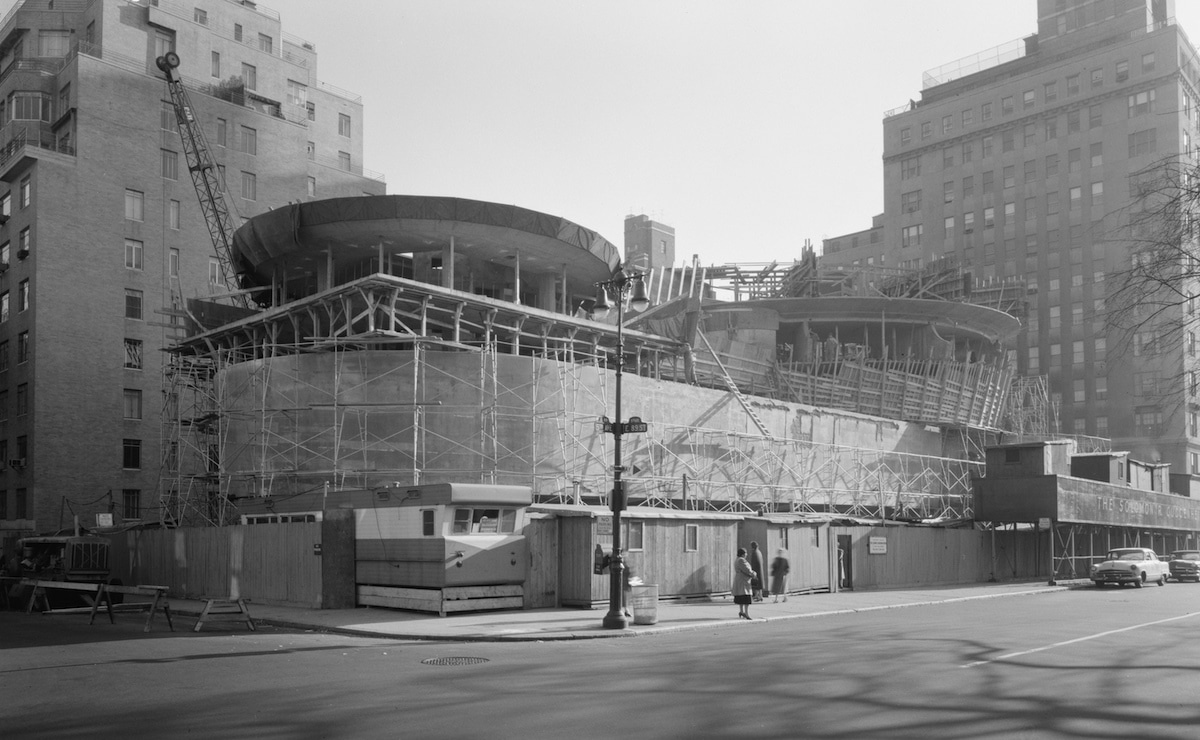
Photo: Gottscho-Schleisner, Inc., photographer [Public domain], via Wikimedia Commons
The four-year period between the submission of the plans and their approval was marked with additional challenges. Financial issues and clashes with new museum leadership after Guggenheim’s 1949 death provided pushback on Wright’s vision.
The museum eventually broke ground in 1956. It includes one overwhelming material: concrete. All told, it took 7,000 cubic feet of concrete (along with 700 tons of structural steel) to form the shell of the building. The type of concrete used is called “gun-placed concrete” and it is sprayed into place rather than the conventional pouring. Subcontractors working on the building would administer the substance, then a new material, into plywood forms that shaped the curves of the structure.
Two years and 3.5 million dollars later, the Guggenheim Museum was complete. Wright visited the site in January of 1959—about 10 months before it was slated to open. Sadly, he never saw the grand public opening, as he died that April at the age of 91.
How has the Guggenheim Museum changed since Frank Lloyd Wright?
The Guggenheim Museum has remained largely the same since it was completed. It has, however, been renovated to include a restaurant, bookstore, and a reading room. In 1990, the building was closed to the public for three years in order to complete interior restoration and expansion that included the addition of an eight-story tower. An exterior restoration began in 2005 to fill in cracks, treat corroding steel, and generally protect its structural integrity. That particular restoration lasted for more than three years.
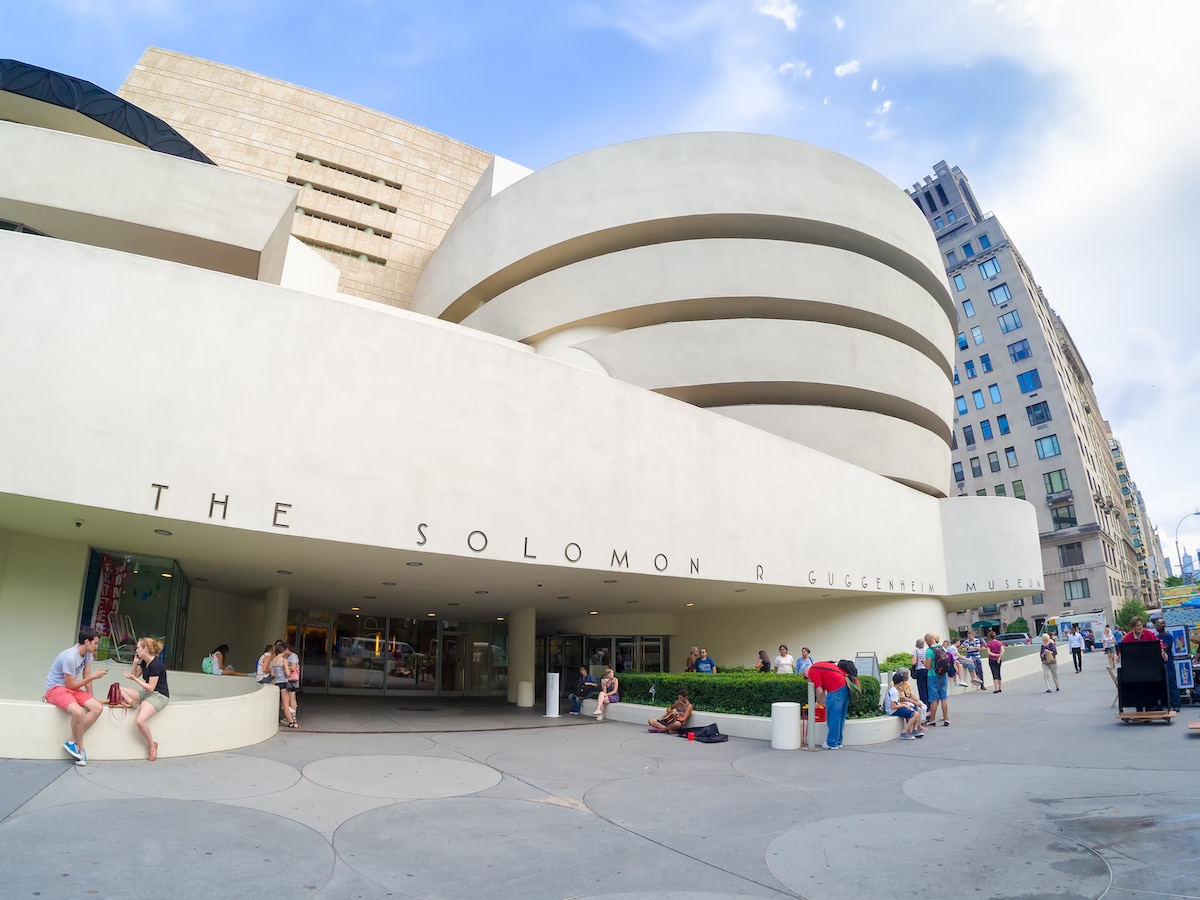
Guggenheim Museum in 2015
Stock Photos from Kamira/Shutterstock
Wright’s architectural marvel continues to be lauded long after his passing. It was named a National Historic Landmark in 2008, meaning that it holds “extraordinary national importance.” The building was also nominated by the United States in 2015 to be a UNESCO World Heritage site.
Visiting the Guggenheim Museum
Aside from seeing some of the world’s greatest contemporary art, there are many opportunities to learn more about the museum’s architecture. The institution hosts tours, including an audio tour that My Modern Met Co-Founder and Editor-in-Chief Eugene Kim had the pleasure of taking. “The Guggenheim Museum is one of my favorite buildings around the world,” he says. “The impeccable design by Frank Lloyd Wright is breathtaking and we highly recommend visiting and taking the audio architecture tour.”
DON’T FORGET YOUR CITYPASS!
My Modern Met Tip: CityPASS is the best way to see New York City’s top attractions—they’re bundled to save you 42% on admission. Included are The Metropolitan Museum of Art, Guggenheim Museum, Ferry Access to Statue of Liberty and Ellis Island, 9/11 Memorial & Museum, and Empire State Building. And better yet, when you have the pass, you’ll get priority entry into some of them. It’s a win-win!
FOR MORE INFORMATION ON NEW YORK CITY:
Check out NYCgo: the Official Guide to New York City.
Related Articles:
Kirigami Book Lets You Recreate Paper Models of Frank Lloyd Wright’s Most Famous Buildings
10 Attributes of a Successful Artist According to Frank Lloyd Wright
10 of the Most Iconic Buildings by Architect Frank Gehry You Should Know
7 Museums With Iconic Architecture Everyone Should Recognize











































































